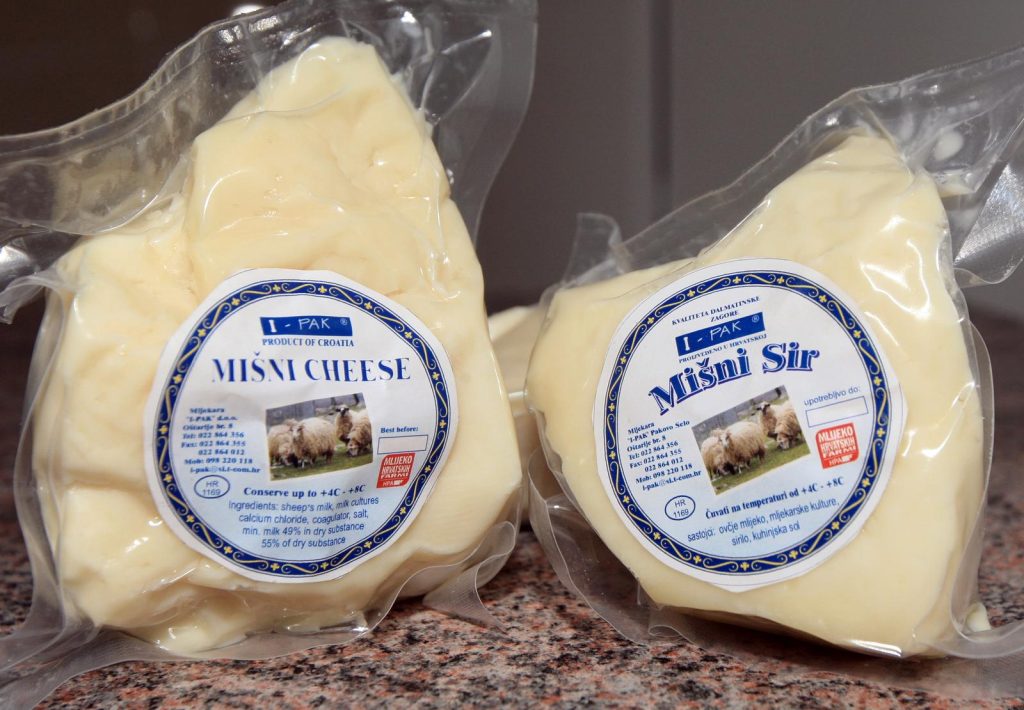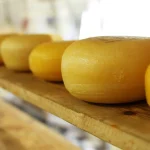October the 22nd, 2023 – There are many products from Croatia that have earned global recognition, from wine to olive oil and from prosciutto to truffles, but what about Croatian cheeses? Just as popular as the aforementioned items, Croatian cheeses are all the rage for many. Here are five Croatian cheeses that can often be found in the cupboards and in the fridges of many a household.
Pag cheese
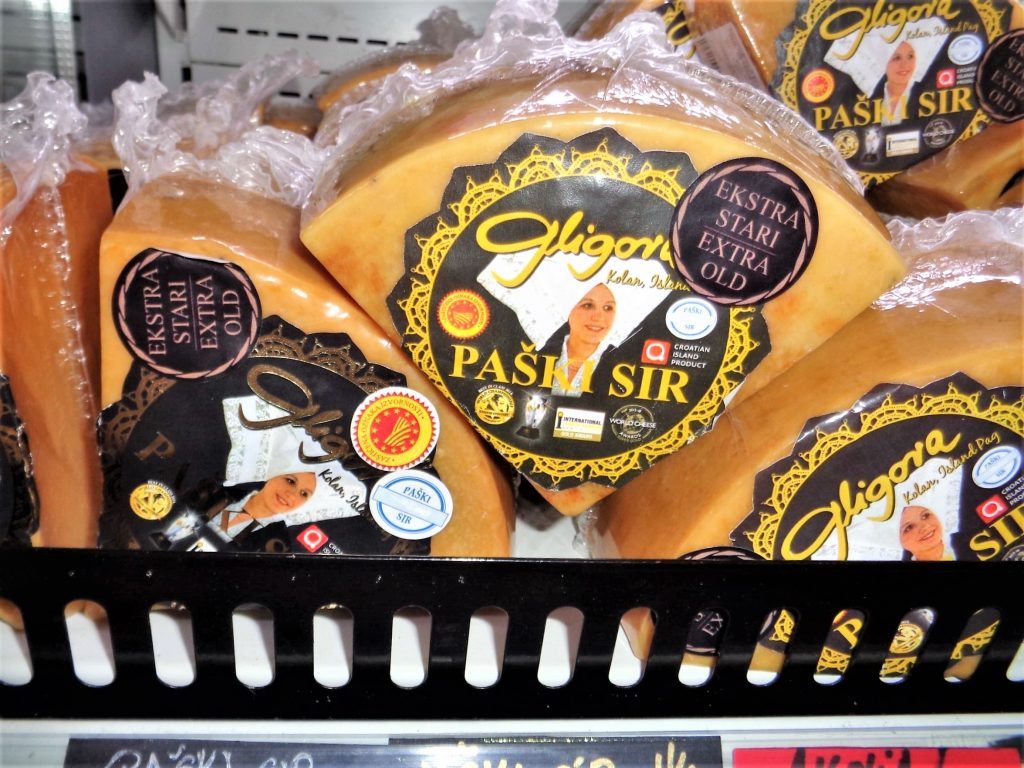
Pag cheese (Paški sir) is arguably one of the most well known of the Croatian cheeses. It draws its origins from the bizarre, moon-like island of Pag in northern Dalmatia, and is popular both at and home and abroad for cheese lovers. Having what is often described as a strong, refined and savoury taste, Pag cheese melts in the mouth, bound with various aromatic herbs which present themselves to the taste buds when it does so. Pag cheese is sheep’s milk cheese and is, as stated, typically accepted as the most well-known of the Croatian cheeses and is the type you’re most likely to find being sold outside of the country’s borders. Alongside what’s become known and famed as standard Pag cheese, cheese from olive, wine and cherry residue are also made by Sirana Gligora on the island of Pag, as is cheese made from raw milk and ”extra old” cheese. We can assure you that the latter tastes much, much more appealing than the name might suggest.
Cheese made from sheep’s milk, aged inside sheepskin
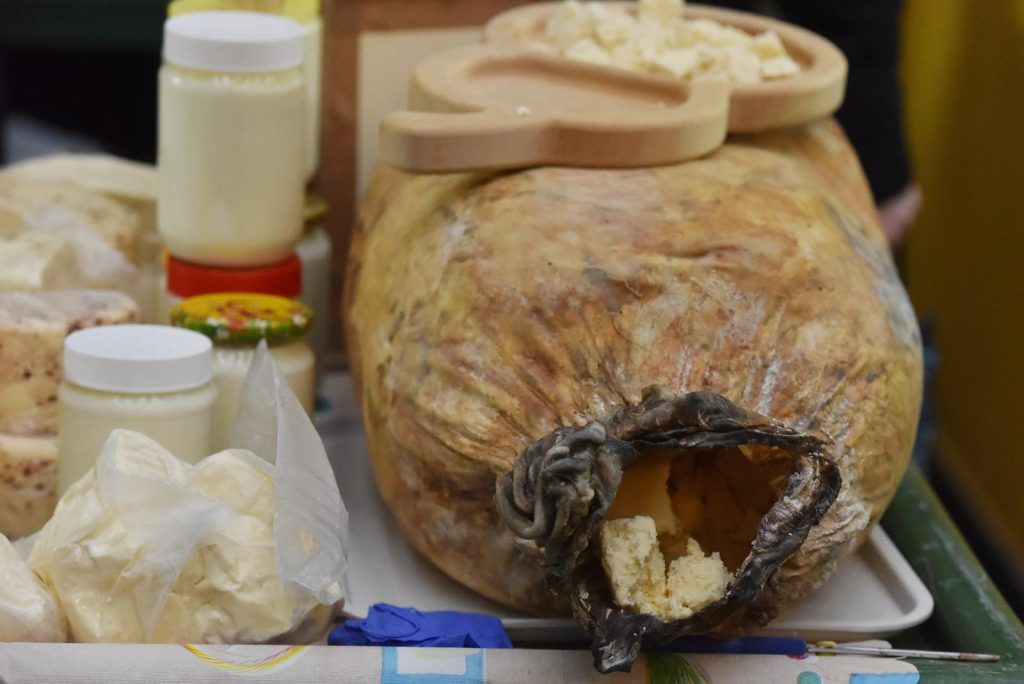
It’s quite the mouthful when translated into English, in Croatian it’s simply called Sir iz mišine or Mišni sir, and it’s exceedingly popular. Another type of sheep’s milk, it draws its origins from Illyrian times and is now made and found in the hinterland of Dalmatia. Most of this type of cheese isn’t actually formed into any particular form or shape, being produced instead rather individually – in lumps. After it is produced, it is aged inside the sheepskin itself, before being delivered to markets in special bags to be sold on. This cheese is always a hit with cheese lovers and those who are interested in gastronomy and are keen to try native products. Its taste is usually described as very strong. It is said that after having tried it once, you’ll instantly recognise the taste of this cheese in the future without having to see it written down somewhere. As with many foods which draw their roots from the often harsh climes of the rugged Dalmatian hinterland, this is a cheese best enjoyed as or with a very basic meal. You’ll often find it served with the addition of bread baked “under the bell” and some locally produced red wine.
Škripavac
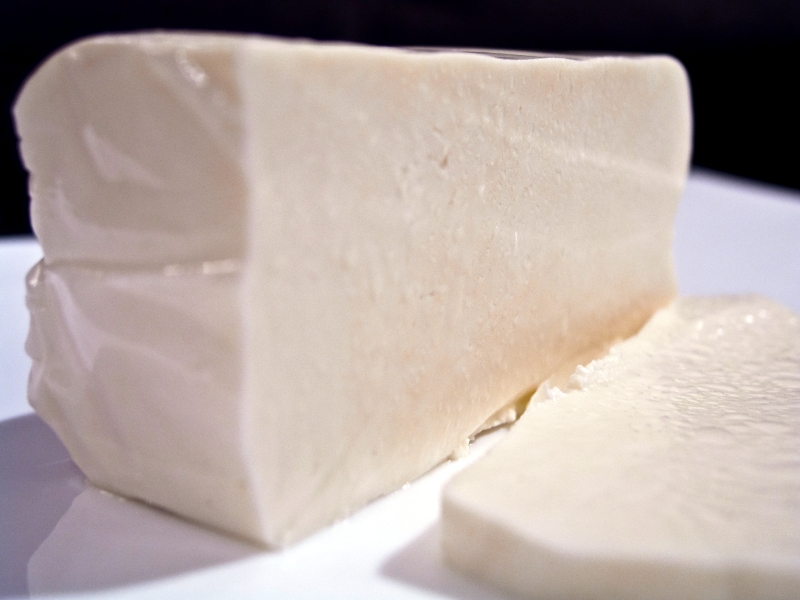
If you’re familiar with a certain very old settlement on the Central Dalmatian island of Brač, you might be fooled into thinking that this cheese comes from there, but you’d be wrong. Škripavac doesn’t come from Škrip, but from much further away – the region of Kordun and Lika. It is traditionally produced in local households and is sold in a round shape. A full-fat soft type of cheese made from unheated milk, Škripavac is exceedingly popular among many cheese fiends. Highly specific feeding conditions for the sheep who will go on to produce the cheese are necessary for its correct production, resulting in low protein and high fat in the end product. It boasts a firm texture and a very characteristic milk-like colour, with its level of saltiness being extremely mild (less than 1%!). It is known for making squeaky, creaky noises (škripanje in Croatian) when it is eaten, due to its rubber-like but firm texture. This is how Škripavac (which would perhaps translate to creaker in English) earned its name.
Dinara cheese
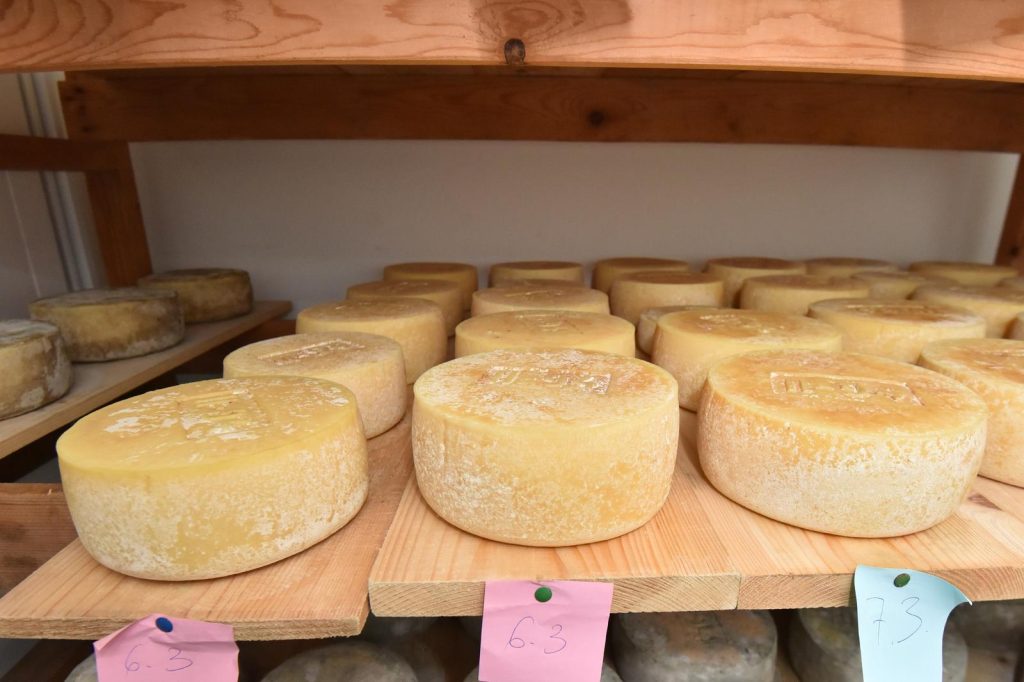
Dinaric/Dinara cheese, or Dinarski sir in Croatian, is another of the Croatian cheeses which hail from the Dalmatian hinterland. This popular hard cheese is traditionally produced in the Dinaric mountains which hem parts of the Dalmatian hinterland. Made by combining goat and cow milk, this cheese is described as compact and crumbly, with rich flavours. Unlike some Croatian cheeses, Dinara cheese doesn’t come from some ancient recipe or people, having been created only in 2009 after too much goat milk had been left over that had been intended for Kozlar cheese production. Mixing it with cow milk saw the ”birth” of the now popular Dinara cheese.
Krk cheese
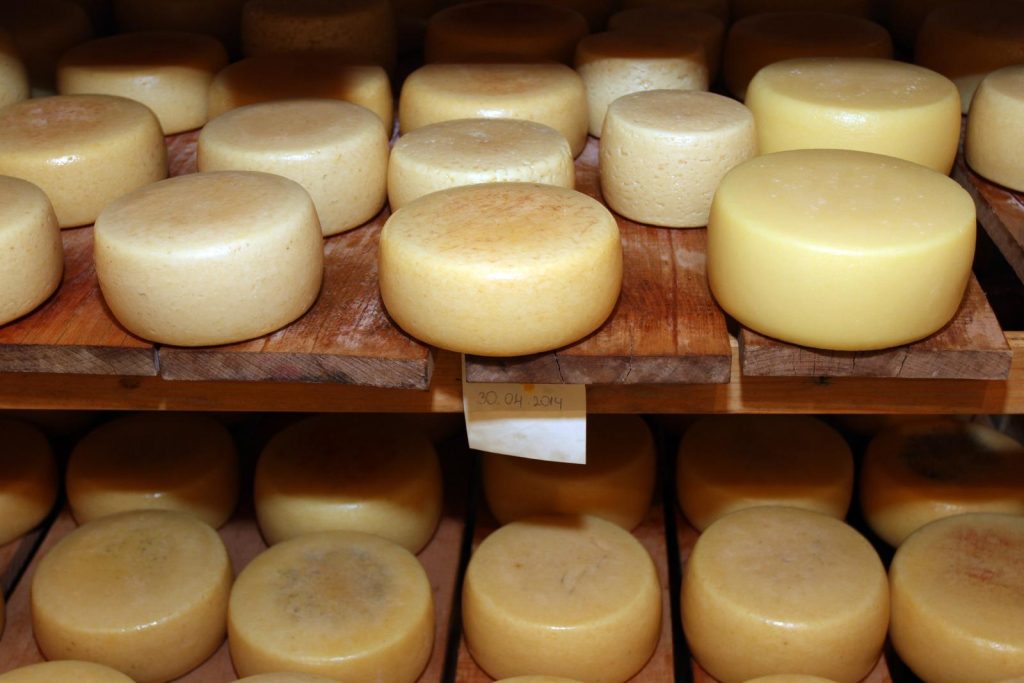
Krk cheese (Krčki sir), draws its origins from the beautiful island of Krk in the northern part of the Adriatic Sea. It is typically produced by local families who grow their own produce and own family farms (OPGs). While nobody is entirely sure how old the recipe behind this cheese is, it was actually only completed and registered at the beginning of the millennium. That said, the recipe is believed to be incredibly old, and the cheese is characterised by its highly specific taste. Recognisable for its rich aroma and taste, this hard, full-fat cheese is produced from the fruits of nature on which the hardy islanders of times gone by had to rely entirely. Its ingredients were provided by the sea, the land, the rocky terrain and the cultivated pastures coated with salt from the Adriatic’s waves. Krk cheese is made from raw thermally unprocessed sheep milk, and can be used to both start and end a meal.

